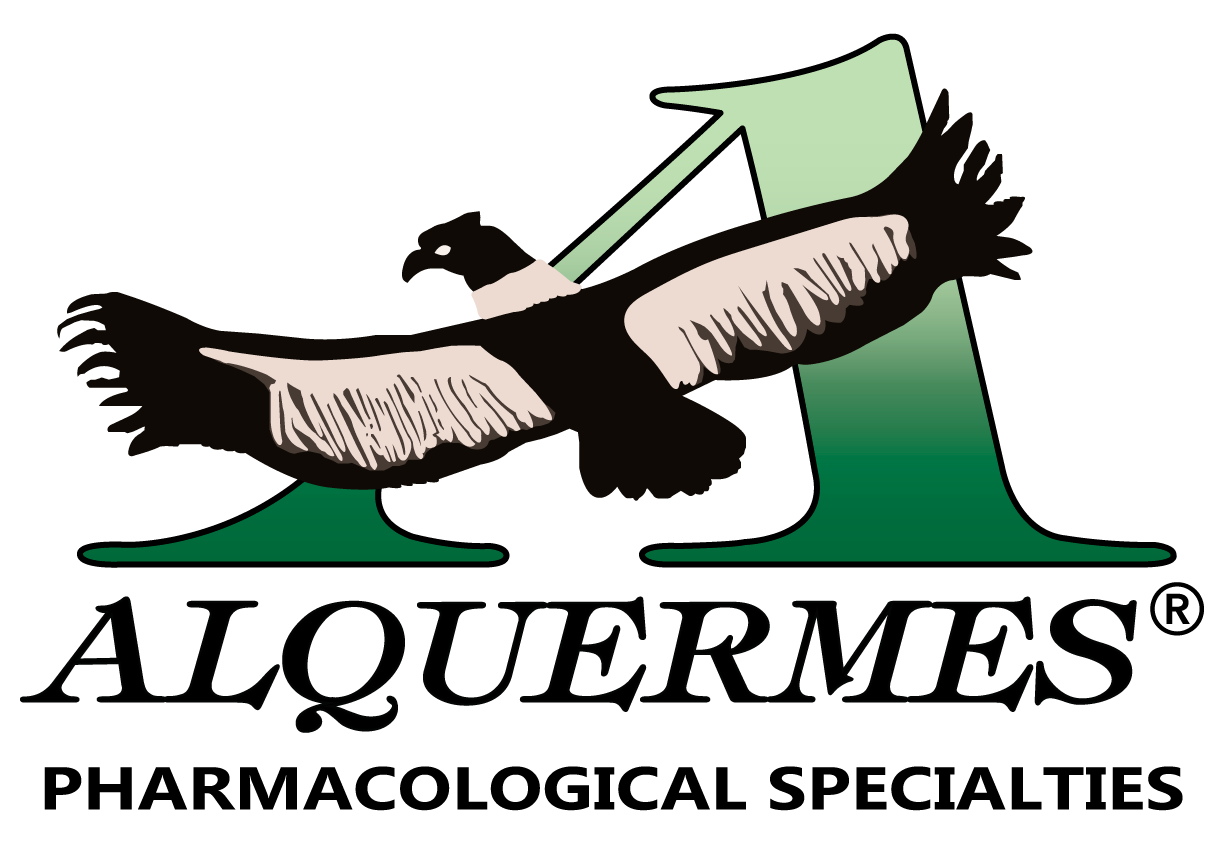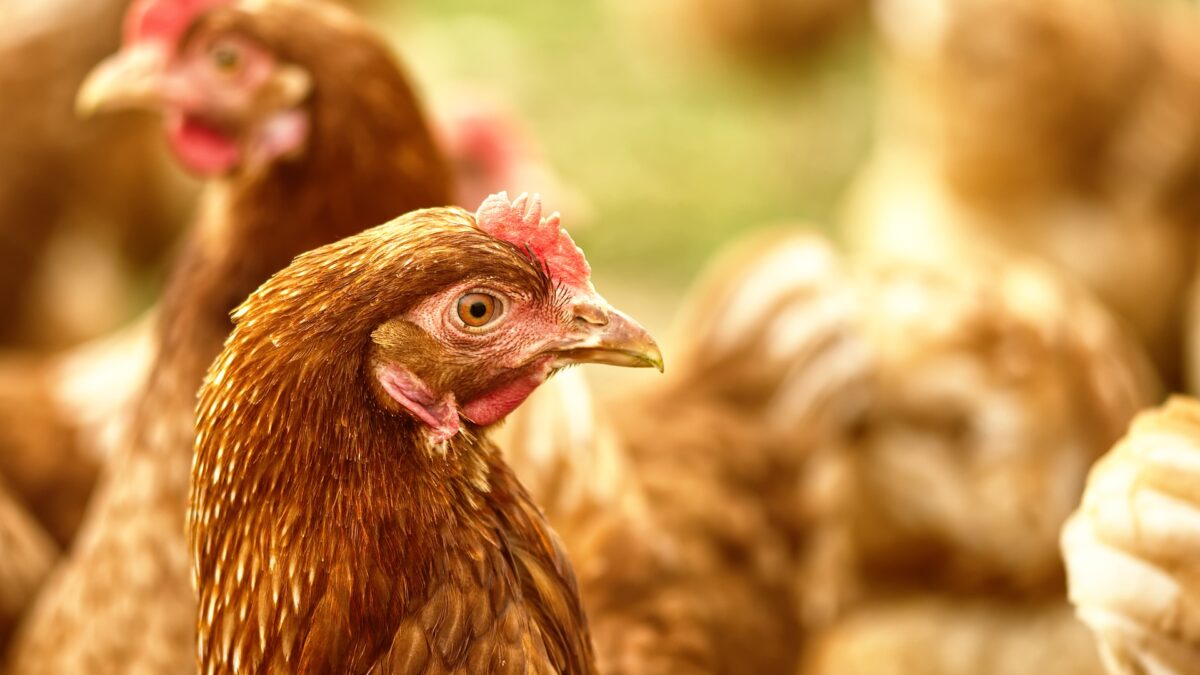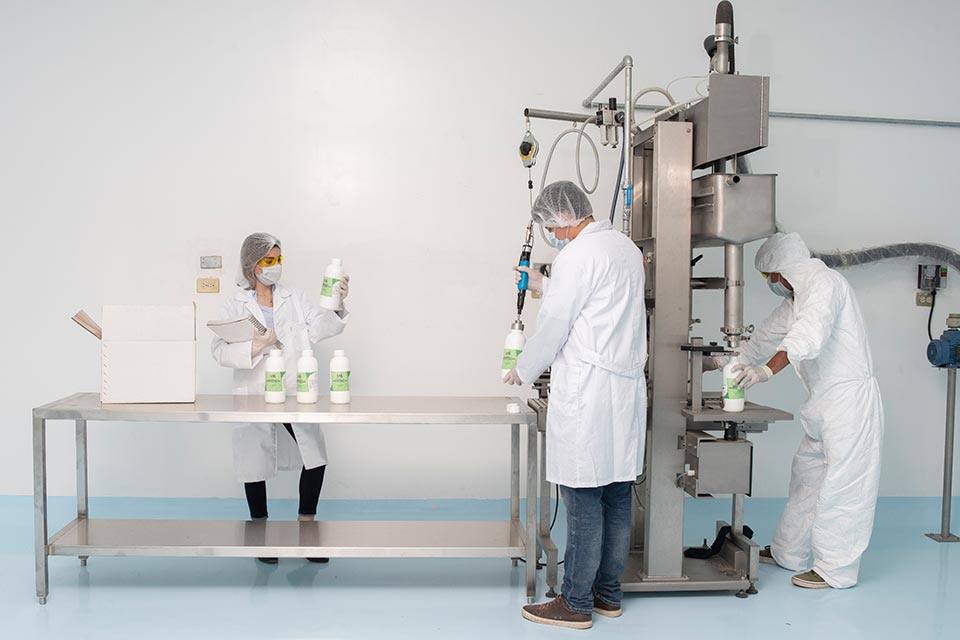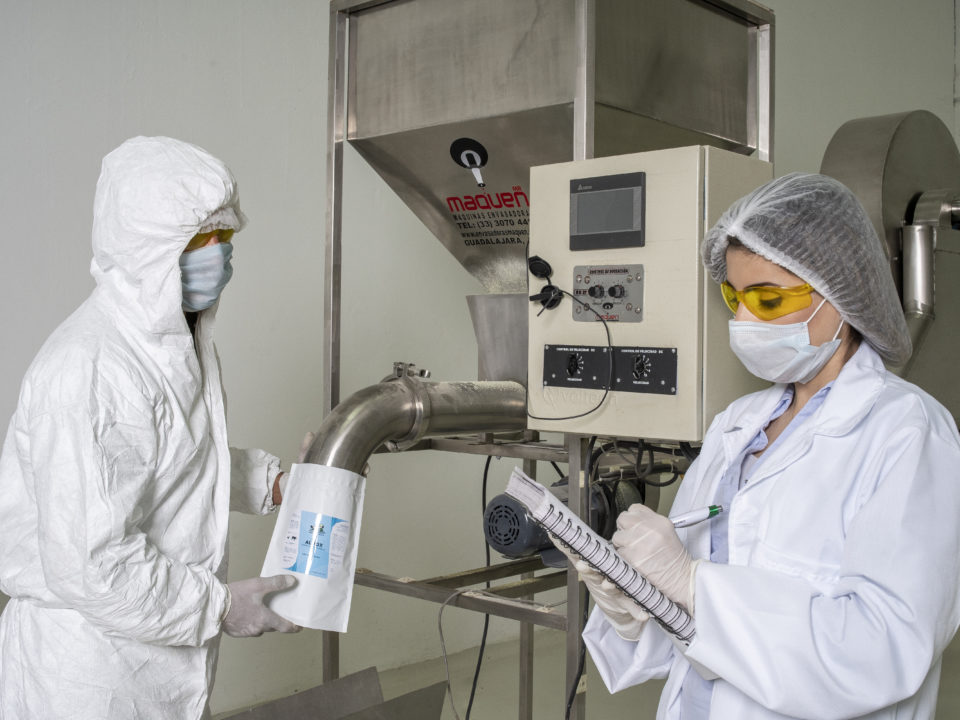
Alquermes Mexico launches manufacturing facilities for powder and liquid products
June 4, 2019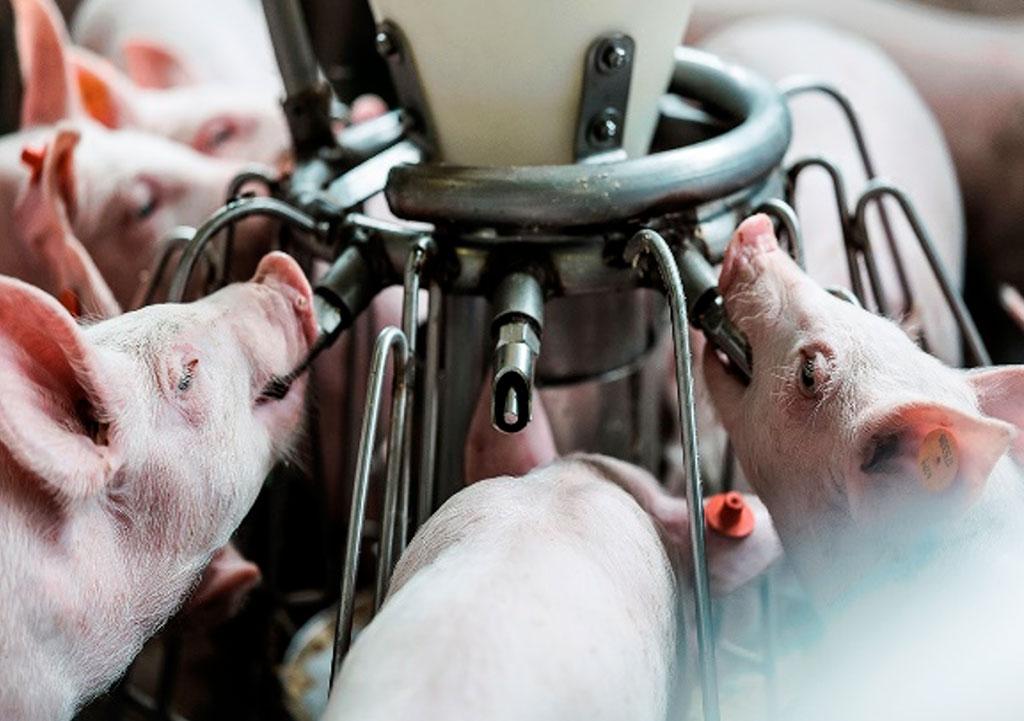
Water medication a better way to do it?
October 29, 2021The study of pharmacology in poultry and, especially, medicine application, requires a previous knowledge about the physiological characteristic, the breeding systems and the commercial use of this specie. Birds present large differences compared to other animals.
Birds have some different physiological characteristics compared to mammals. It has an impact on their reaction to infections and medications:
- Birds do not have a regional lymph node system, which facilitates the diffusion of microorganisms through the circulatory system (septicaemia).
- Their physiological temperature is 41º C same to the febrile state of mammals. That is, they are animals that live in a constant feverish state.
- As a result, septicaemia occurs apparently asymptomatically, the period between infection and the first symptoms is much longer, between 10 and 15 days, than in mammals.
The poultry industry development has promoted alterations in bird biology:
- A genetic selection has been made aimed at increasing the growth rate and prolonging the laying period between two periods of broodiness. This selection has been based on the accumulation of genes favourable to the objective, by consanguinity techniques with the fixation of grandmother lines and with hybridization of lines in the production of commercial lines.
- These genetic improvement techniques have an important negative impact on the immune system of birds.
- Meat production parameters improvement implies an extra effort for the intestine and liver.
- Egg production parameters improvement implies an extra effort of the liver and mineral metabolism.
Finally, management in farms suppose significant changes in the design and preparation of avian food:
- Birds access to fresh vegetables is prevented, especially, to sprouted seeds, buds of trees, small insects… They can contain substances that, even in small quantities, are necessary for avian physiology. In this regard, pronutrients have been defined.
- Poultry production have been universalized to serve the growing protein demand of a population of 7.000 million habitants (although not everyone has access to a regular and quality nutrition). Consequently, industrial agriculture has been situated in large production areas far from consumption areas (farms) and the consequent need of mechanization (grain breakage), collection chain and international transport (fungal, bacterial contamination and insect infestation). Therefore, undesirable substances appear in the food
- The high density of birds in farms increases the number of microorganisms ‘passes’ among animals of the same species. This is one of the mechanisms which can increase the pathogenicity of microorganisms towards this animal species.
Therefore, selection, industrialization and management are the origin of genetic, physiological, and nutritional deficiencies which generate mass pathology. We should know these pathologies to prevent it through pharmacological treatments.
In the following article you can check more information about poultry pharmacology. For more information contact us.
